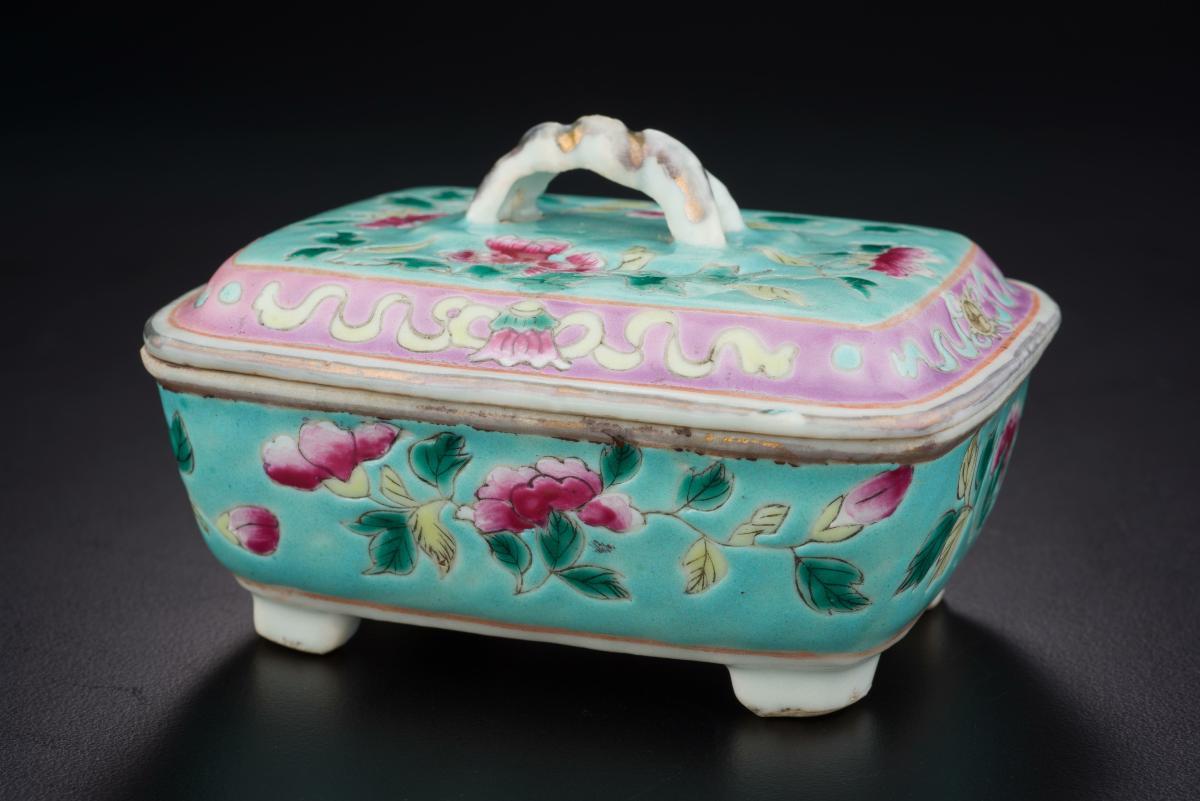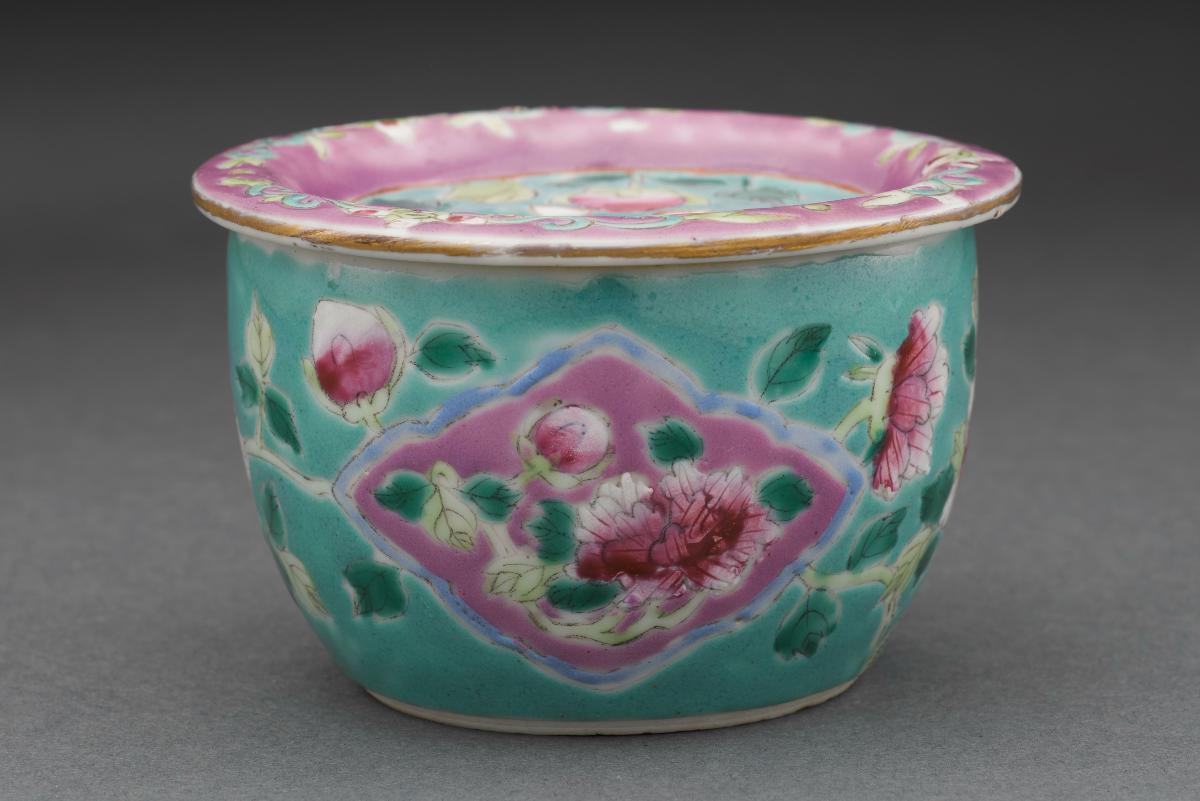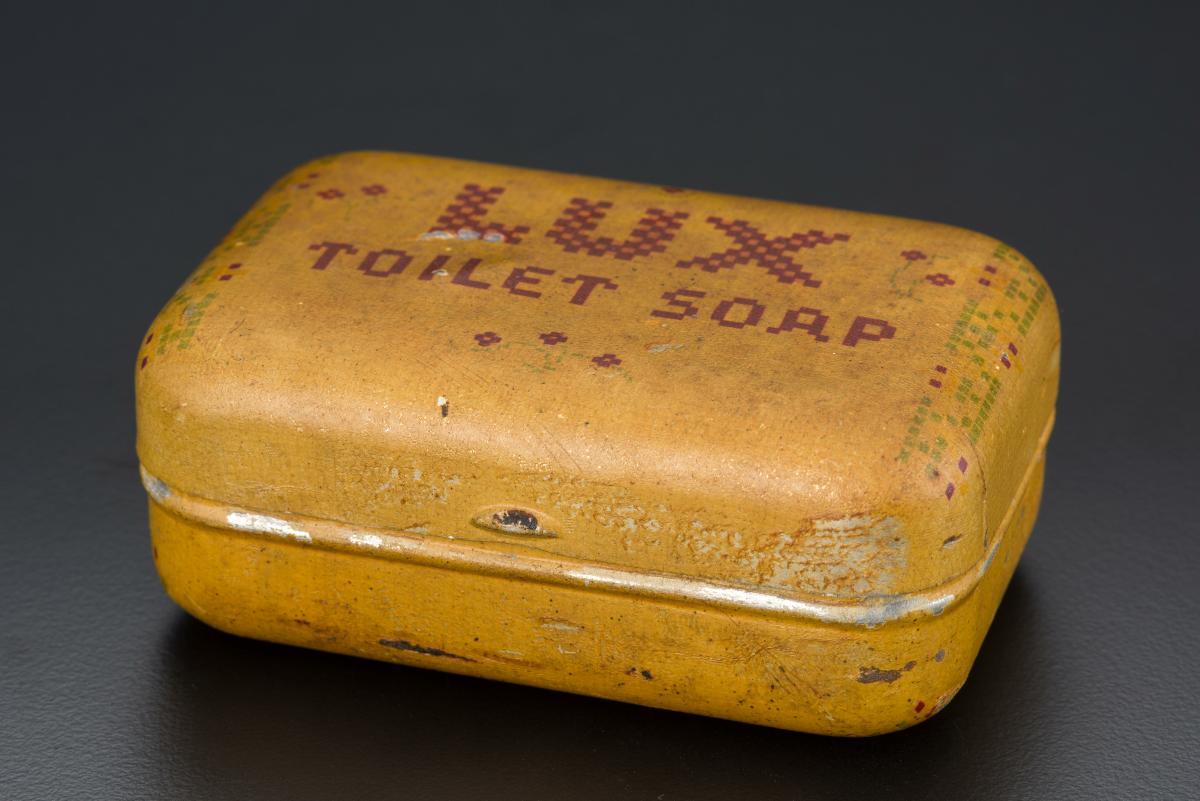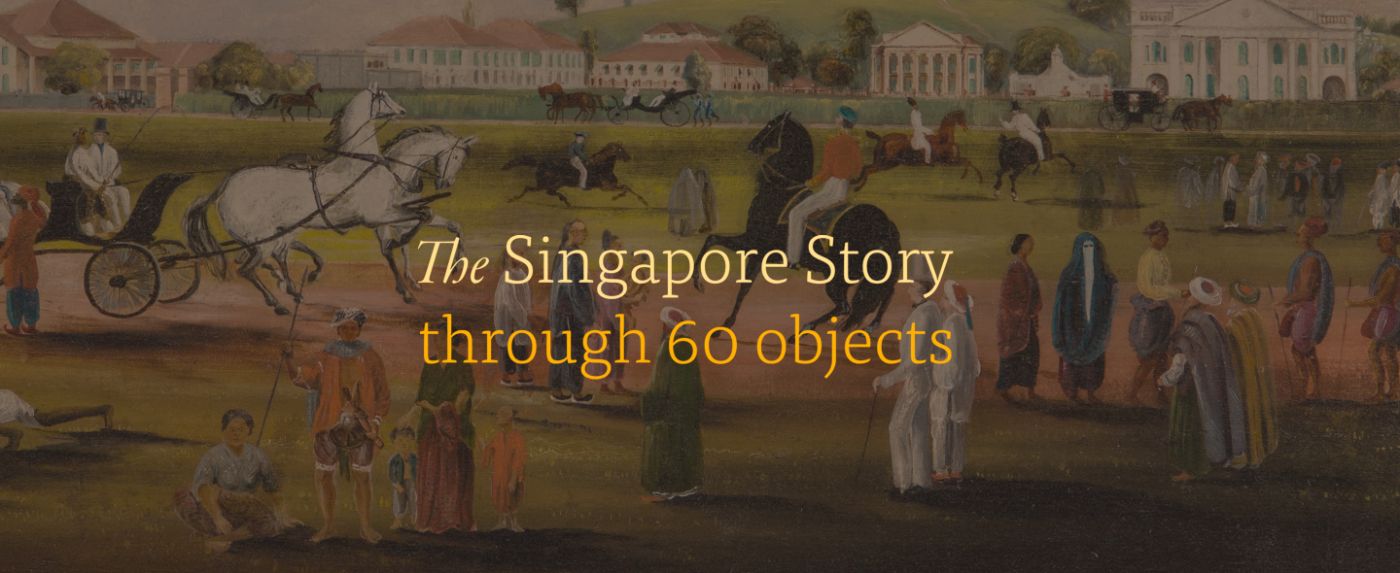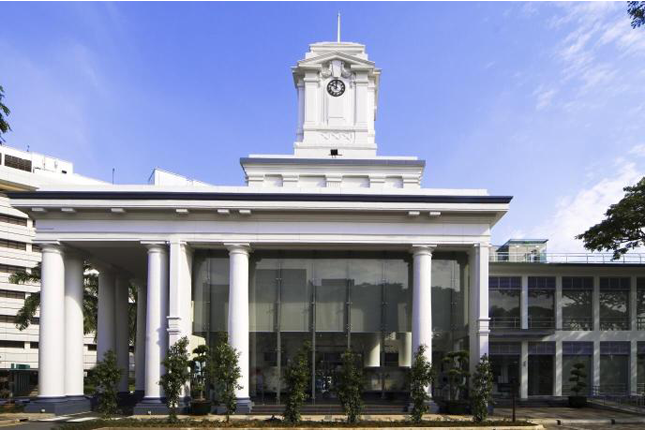The practice of Burmese artist Htein Lin spans the gamut from painting to installation to performance. He spent almost seven years in jail (1998–2004) for political reasons; during this time he developed his artistic practice by using bowls and cigarette lighters, in the absence of brushes, to make paintings and monoprints on prison uniforms. After his release, he moved to London in 2006, but returned to Myanmar in 2013. Soap Blocked was one of two Burmese projects included in the 2016 Singapore Biennale (“An Atlas of Mirrors”). It comprises a map of Myanmar, painstakingly constructed of a thousand squares of sculpted Shwe Wah soap, and stands as testament to the vicissitudes of Htein Lin’s tumultuous life. Having participated in the failed uprising of 1988 – an event commemorated today as a milestone in the country’s march towards the establishment of a democratic polity – he was forced to flee underground, spending several years in refugee camps on the border. He escaped and returned to Yangon in the early 1990s, but was again arrested and jailed on charges of opposition activity; he subsequently spent almost seven years behind bars and was released only in 2004. During this time he turned to art. In the absence of proper art-making tools, he used what meagre materials were made available to him to produce works on scraps of fabric, on prison uniforms – and in soap. One of the works that emerged from this period was a little carving of a captive human figure, hunched over and trapped within the claustrophobic confines of four walls, sculpted from a bar of Shwe Wah soap. The carving was smuggled out by a Red Cross representative after a prison visit in 1999, as a means of conveying to the rest of the world the deplorable state of the country’s prisons. Soap Blocked returns to the original moment of the artist’s desperate, clandestine plea. The installation maps and reflects the experience of thousands of political prisoners in Myanmar in recent decades, including the artist’s own incarceration. The work amplifies autobiographical resonance into a starkly visceral monument to the collective helplessness that the people of the country often faced during the years of socialist military rule.





